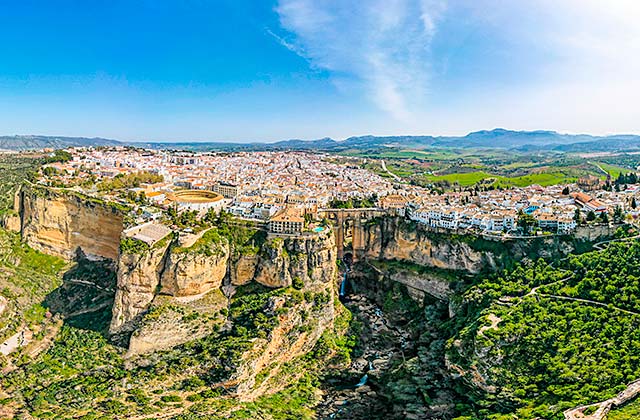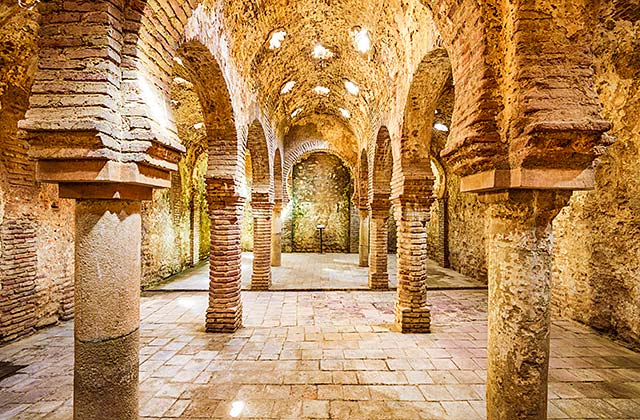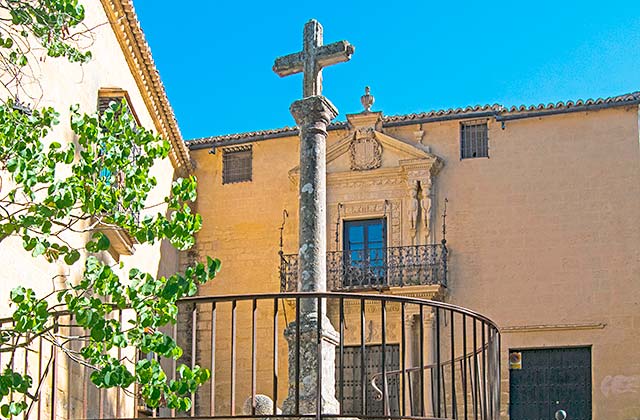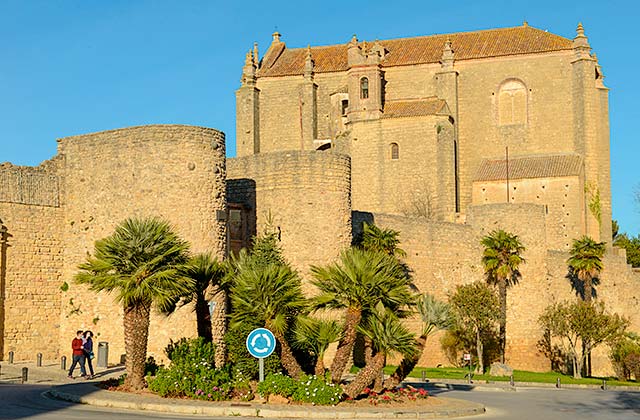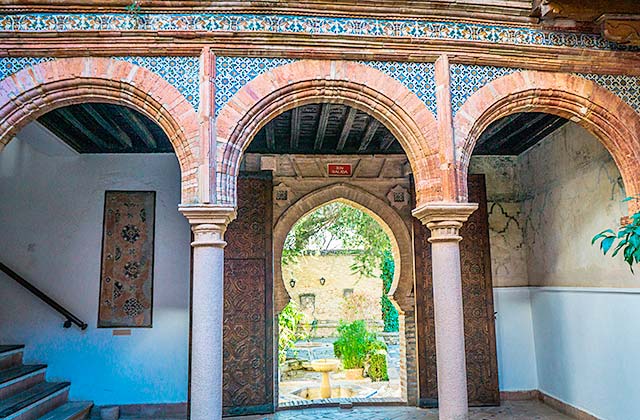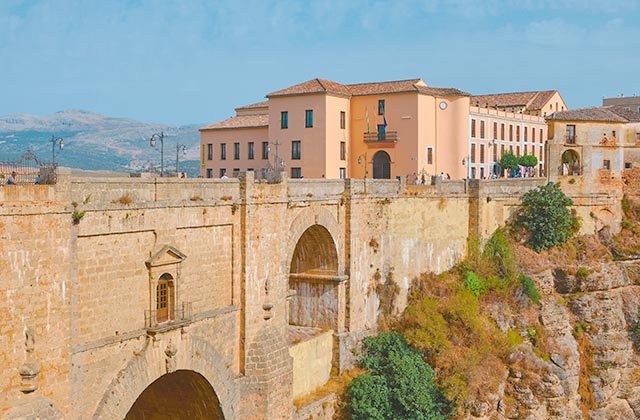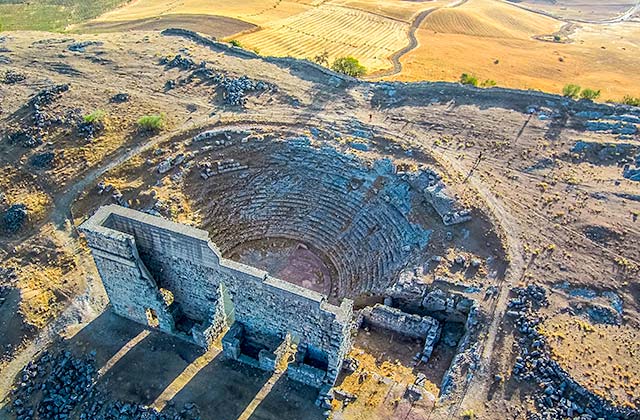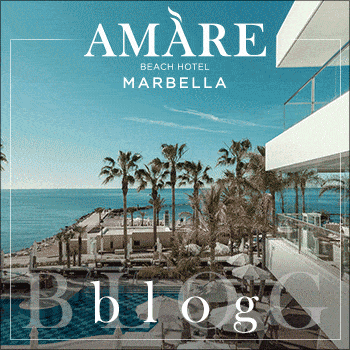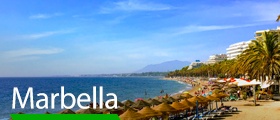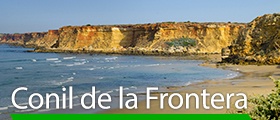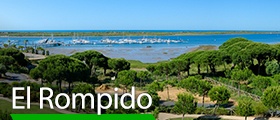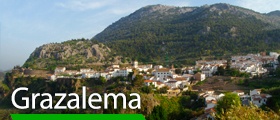
Ronda: 10 things to see beyond the Tagus
Visiting Ronda, in the heart of the province of Málaga, is an attractive way to learn about Andalusia’s past. Palaces, Arab baths, watchtowers, Roman theatres and even primitive caves are available to visitors who can immerse themselves in a journey in time which unleashes the imagination.
There are many poets and writers who have been inspired by Ronda. Writers of the stature of Juan Ramon Jiménez define these towns as “the essence of the traditional Andalusian town where you can lose yourself” while Ernest Hemingway spoke of Ronda as “a truely romantic set”.
Arab baths
Arab baths in Ronda, Nazari period (13th and 14th centuries). These are located in the old Jewish quarter and, despite their extraordinary architectural designs, were abandoned (Christian morality did not allow certain practices) and the flooding of the river Guadalevín eventually buried them.
Excavations so far have allowed us to save the three bathrooms (cold, warm and hot) and the roofs with barrel vaults (including star-shaped skylights) which are connected by arches. They also still include some of the boilers and water conveyance systems.
Uniquely, the complete structure has been preserved with the different rooms and facilities which it included, being the largest and best preserved baths on the Iberian Peninsula.
Palacio del Marqués de Salvatierra
Located in the historic area of Ronda and close to the Padre Jesús neighbourhood, it includes a splendid baroque façade in ashlar stone with a lintelled door, Corinthian columns and a large balcony forged locally. The façade is topped with a broken gable and houses nude figures with clear Indian influence.
The male figures are mocking and sticking out their tongues; while the females modestly hide their “parts”. Both support the lintel in which we find the noble coat of arms of the Vasco Martín de Salvatierra family, continuous heads from the Catholic Monarchs since the conquest of Ronda.
The inside of the palace represents the austerity of palatial houses from the seventeenth and eighteenth centuries.
Iglesia del Espíritu Santo
The “Church of the Holy Spirit” was erected by the Catholic Monarchs on the mosque that was found in the Arrabal Alto. It was consecrated in commemoration of the day when the city was taken. The building has a very consistent construction style. The work was probably completed in the late fifteenth and early sixteenth centuries. It corresponds to the Gothic-Renaissance hybrid style typical of the era.
The temple has a single nave divided into three sections covered by vaults of very late starry crosses. The main chapel opens via a great triumphal semicircular arch with thick and high pillars fitted onto the wall. The front of the temple is occupied by an altar on which there are three coats of arms carved in stone: two of them belong to Friar Bernardo Manrique, in whose diocese the work was done, and the other is the imperial shield of the Austrias.
Casa del Gigante
Located in the historic centre of Ronda, the House of the Giant is an Arab manor house built in the 14th century with parts reused from the 13th. The house takes its name from the stone reliefs, perhaps of Iberian origin, decorating the corners of the building of which only one remains in very bad condition. There is magnificent plasterwork inside decorated with floral motifs, some of which must have been richly decorated according to the polychromatic remains that are preserved.
The Casa del Gigante is an interesting example of a stately building from the Muslim period in Ronda, the only one preserved from the Nazarí kingdom of Granada other than the Alcazaba in Málaga.
- OPENING HOURS:
- Monday to Friday 10:00 – 19:00
- Saturday: 10:00-13:45 / 15:00-18:00
- Sunday: 10:00-15:00
- PRICES:
- Individual: 2 €.
- Groups (of more than 10 people), students and pensioners: 1€
- Children under 14, disabled, locals from Ronda and residents: free.
Casa del Rey Moro
La Casa del Rey Moro is an 18th century palace which houses a water collection mine, of Arab origin, declared a Bien de Interés Cultural. It is a complex Islamic work that descends to the bottom of the Tagus where the Guadalevín River runs. It was built using a natural vertical crevice where more than 200 steps were carved into the rock with and which descends vertically for around a hundred metres. Inside are a series of rooms, from reservoirs to bedrooms which were used as powder and grain storage areas.
The Casa del Rey Moro which contains this Islamic work is currently closed to the public, but the mine and its precious terraced gardens can be visited, with the constant presence of water from fountains and wells, designed and built by renowned architect and landscaper Forestier. It is a multi-level garden, saved by stairs decorated with tiles and punctuated by fountains and ponds covered by water lilies.
- Opening hours
- The palace is currently not open to the public. Forestier’s Gardens and the mine are from 10:00 to 18:00.
Municipal Museum of Ronda – Mondragón Palace
This is undoubtedly the most significant civil monument in Ronda. The legend goes that it was the residence of the great king Abbel Malik or Abomelic, son of the Sultan of Morocco Abul Asan. The Municipal Museum Ronda – Mondragón Palace, houses a permanent historical-archaeological collection which is effectively a lesson on the history of the region supported by the different archaeological investigations carried out so far.
- Opening hours
- From Monday to Friday from 10:00 to 19:00.
- Saturdays, Sundays and bank holidays from 10:00 to 15:00.
- Prices
- General: 3 €
- Wednesday: Free
Convento de Santo Domingo
This convent belonged to Dominican friars and was originally named San Pedro Mártir. In the code of laws that the Catholic Monarchs granted for the Regiment and proper governing of the city of Ronda following its conquest, and which can be seen signed in Córdoba on July 25th, 1485, you can read an order referring to the foundation of the two monasteries established by Isabel and Fernando, the San Francisco and the Santo Domingo. We know then that the location of the Convent was where the Count of Benavente had his royal home, which, according to Moreti, was in the Huertas de los Molinos, under the cliffs of the Market.
It has now become the Palacio de Congresos de Ronda, refurbished for use by small to medium conferences, symposia, conventions, seminars, and exhibitions. The superb facilities have managed to preserve the monastic flavour, peace and tranquility it had originally.
- Opening hours
- From Monday to Saturday: 11:00 – 14:00 and 16:00 – 20:00. Sundays 11:00 to 14:00
Archaeological Site of Acinipo
The archaeological site of Acinipo is located 21 kilometres from Ronda, on a plateau with an average altitude of 980 metres above sea level where sprawling views of the region can be seen. According to Pliny and Ptolemy, Acinipo belonged to Beturia Celtica, but in Roman times, it became one of the main cities in Andalusia.
The only thing left of the ancient Roman city is the theatre built in the first century BC on a slope of the land in the Greek style where it is carved into the rock. Most of the stands, the orchestra and the front of the stage were made in granite ashlar without mortar and are in decent condition. We can also find remains of baths, two houses and the official temple, the basilica and the porticos.
Cueva de la Pileta
It was discovered in 1905 by José Bullon Lobato and declared a national monument in 1924. Not all of the cave is visitable for security and conservation reasons but you can see the whole central part which measures more than 500 metres, with more than 20,000 years of cave art on its walls. This is already more than enough to understand the importance of this find.
Of note is the Gallery of the Rooks, the Hall of the Bats, the Castle Hall, where you can see some extraordinary stalagmites, the Hall, the Gallery of Goats, the Sanctuary, the Lake Hall, and more.
There are many drawings made with short strokes and Paleolithic art depicting animals: horses, bulls, goats, the big fish, the famous pregnant mare, deer, and much more.
- Opening hours
- 10:00-13:00 / 16:00-17:00
Ermita Rupestre Virgen de la Cabeza
The Mozarabic Virgen de la Cabeza (9th to 10th century AD), also known the caves of San Antón is entirely dug into the rock. There are three distinct areas. One is dedicated to the cult, with 18th-century frescoes, a second is for housing the religious people who lived there, and a third was a for storing food and sheltering cattle.
Outside of the complex, located on the edge of the Tagus, is a wide terrace where you can see a panoramic plateau where the city of Ronda is located.
- OPENING HOURS:
- SUBJECT TO CHANGE. PLEASE CALL TO CONFIRM: 952 87 08 18
- PRICES:
- Individual: 2 €.
- Groups (of over ten), students and pensioners: 1€
- Children under 14, disabled, locals from Ronda and residents: free
The 20 best tapas bars and restaurants in Ronda
25 things you cannot miss from Grazalema and Ronda
Ronda and Grazalema Sierra wineries
Where to stay

Hotel Fuerte Grazalema
Another way to end the day in Ronda is to return to the hotel Fuerte Grazalema and admire the beautiful sunsets offered by the Sierra de Grazalema Natural Park from the swimming pool and jacuzzi. This hotel, one of the most highly recommended places thanks to their quality, tradition and service, has turned itself into a place which should be experienced at least once. It also has a small farm, spacious rooms, a restaurant with a unique view and a cuisine based on local produce. In addition to all this, pets are allowed.
